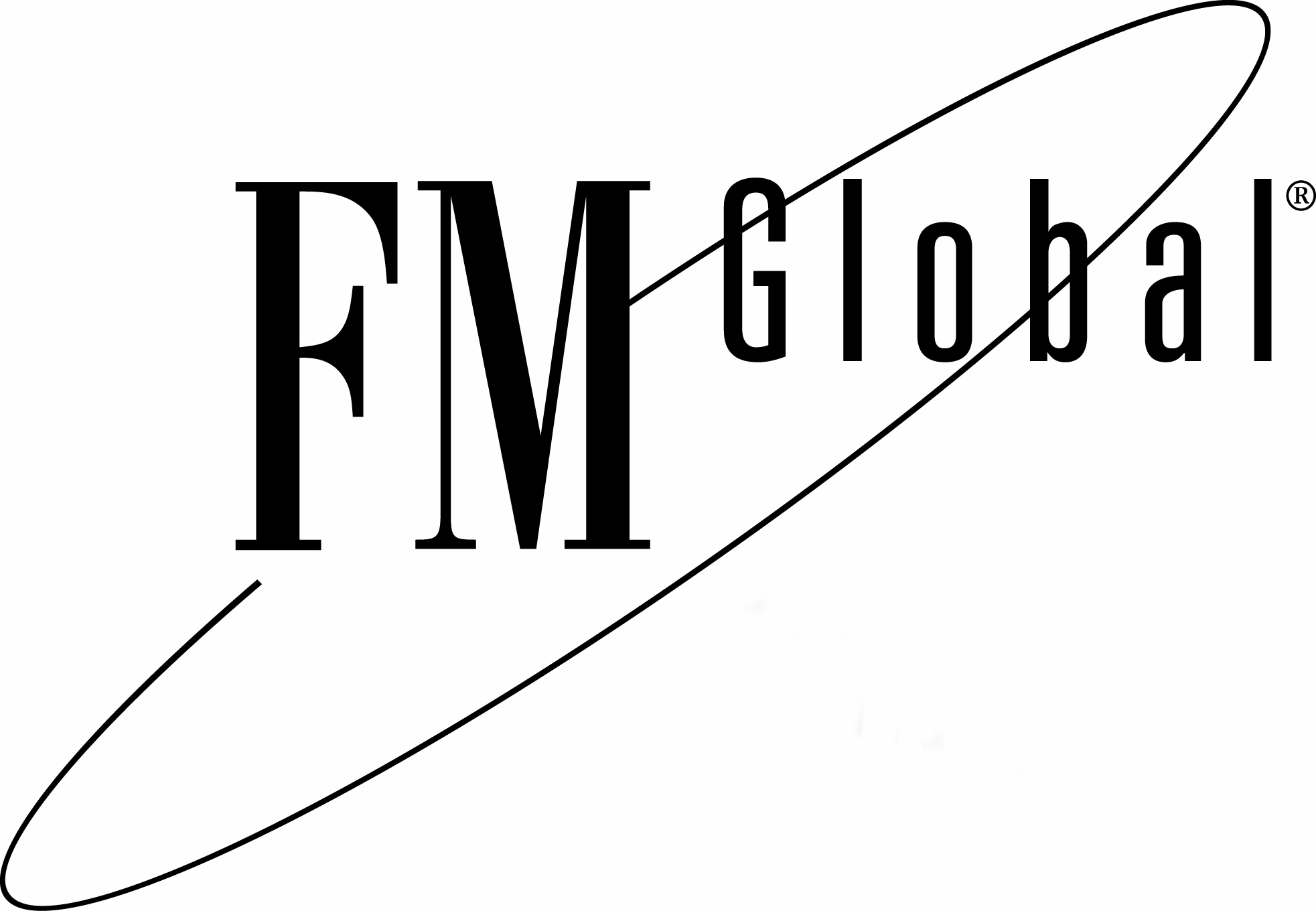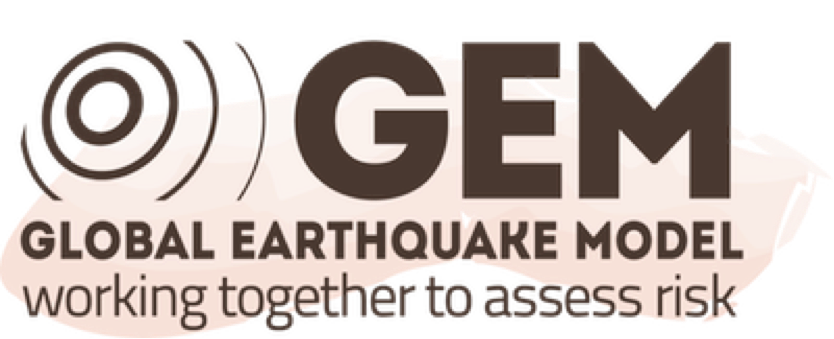Extension of the ISC-GEM catalogue (November 2013 - October 2017)
Release of Station Arrival Times and Amplitudes
The Catalogue is released without the associated seismic wave arrival times and amplitudes used for this work. These underlying parametric data are available as part of corresponding events in the ISC Bulletin.Extending the ISC-GEM Catalogue
Several public and commercial sponsors have given the ISC funds to help extending and improving the ISC-GEM Catalogue.The original (Version 1.0) ISC-GEM Catalogue covered the period 1900-2009 with specific magnitude cut-off thresholds. These thresholds were dictated by the need to finish the project in just two years and the size of funding available at the time. Yet quality bulletin data exists for many other smaller yet significant events that would complement the current Catalogue. Judging by the recent numbers of earthquakes with M≥5.5, recorded by modern networks, there is a good chance to considerably improve the contents of the GEM Catalogue in the period 1900-1970 by including events with smaller magnitudes, perhaps all events with M≥ 5.5 included in the printed volumes of the International Seismological Summaries (ISS) prior to 1960 and M≥6¼ prior to 1918 from other sources (Fig. 1).
 Figure 1. Annual number of
earthquakes included in the current ISC-GEM Catalogue (black) and the
number of events available in the ISS (grey) – the main original source
of data prior to 1964. Red bars represent expected numbers of
earthquakes with magnitude ≥ 5.5, 6¼ and 7.5, respectively, based on the
rates of seismicity recorded by modern seismic networks today.
Figure 1. Annual number of
earthquakes included in the current ISC-GEM Catalogue (black) and the
number of events available in the ISS (grey) – the main original source
of data prior to 1964. Red bars represent expected numbers of
earthquakes with magnitude ≥ 5.5, 6¼ and 7.5, respectively, based on the
rates of seismicity recorded by modern seismic networks today.
Why this extension is necessary?
| Firstly, the Catalogue
must be constantly updated with recent events. It would be a serious
deficiency, if events such as the M7.1 Darfield (2010) and M6.3
Christchurch (2011) earthquakes in New Zealand and the M9.0 Tohoku
(2011) earthquake in Japan were not part of the ISC-GEM Catalogue.
Neglecting to update the Instrumental Reference Catalogue would
seriously hamper the community efforts of testing and refinement of
earthquake forecasting models. Secondly, it is well known that in seismic hazard studies the effect of small to moderate size earthquakes is not negligible. This is especially the case in densely populated and industrialized areas. |
|
Thirdly, it has to be noted that we really have no magnitude estimates for many events in our main source of original data – the ISS bulletin. Some events in the first part of the 20th century could have been large enough to have caused damage. The work of including many more earthquakes recorded at teleseismic distances and bringing previously unavailable station amplitude data from historical station bulletins would greatly contribute to a more accurate analysis of global earthquake hazard and risk.
We continue updating the Catalogue for all recent events of magnitude 5.5 and above beyond year 2009. We are also incuding all known events with magnitude 5.5 and above in the period 1918-1960 for which reliable arrival time and amplitude station information is available. We shall also aim to review all known events above magnitude 6¼ during 1900-1917. Figure 3 presents a plan of work during 2013-2017.
 Figure 3. The diagram shows the
approximate number of earthquakes for each period of time and magnitude
interval in the existing ISC-GEM Catalogue (black) and the number of
earthquakes expected to be added to the Catalogue (red) during
2013-2017. Note that a large amount of semi-manual data entry from
historical paper-based bulletins would be required for years 1900 till
1959, whereas the original data for years 2010-2013 are/will be already
available for further work in electronic format.
Figure 3. The diagram shows the
approximate number of earthquakes for each period of time and magnitude
interval in the existing ISC-GEM Catalogue (black) and the number of
earthquakes expected to be added to the Catalogue (red) during
2013-2017. Note that a large amount of semi-manual data entry from
historical paper-based bulletins would be required for years 1900 till
1959, whereas the original data for years 2010-2013 are/will be already
available for further work in electronic format.Expected Deliverables:
We are working on incremental improvement of the ISC-GEM Catalogue, extending the magnitude content of the Catalogue prior to 1960. Each year an upgraded version of the Catalogue is made available. At the end of the project, in 2017, we expect the ISC-GEM Catalogue:- ✓ to be extended for 2010-2013;
✓ the magnitude cut-off in the period 1918-1960 reduced to 5.5;
✓ the magnitude cut-off in the period 1900-1917 reduced to 6¼.
Current Sponsors
Since November 1, 2013 we are involved in the 4-year project to extend the ISC-GEM catalogue as explained in Extension Project. This work is done with additional financial support from:

|
 |

|

|

|
| Year one and two of the Extension Project were also supported by: |
 |
Acknowledgements
We acknowledge several hundred research and operational institutions around the world for providing on a goodwill basis paper-based seismic bulletins to the ISC and its predecessors regularly over the course of the 20th century.
We gratefully acknowledge the financial support given by all ISC Member Institutions to sustain the operations of the ISC and its predecessors.
We acknowledge the advice and guidance received from the group of IASPEI observers that included Göran Ekström, Roger Musson, Johannes Schweitzer, Nobuo Hamada and Peter Suhadolc. The group provided invaluable advice on the details of the GCMT Catalogue and the uncertainties of the GCMT magnitude determinations, the availability of historical bulletins as well as documents and details of historical seismographic equipment.
We acknowledge Japan Meteorological Agency (JMA) and Nobuo Hamada for providing previously unavailable early instrumental (1923-1970) bulletins of earthquakes in Japan. We are grateful to Katsuyuki Abe for providing a digital copy of the Abe and Noguchi Catalogue.
We wish to recognise the initiative of the late Edouard Arnold and Patrick Willmore, former Directors of the ISC, for transferring a large proportion of the ISS paper bulletins onto punch-cards and preparing the Shannon tape, despite the financial difficulties experienced by the ISC at the time. We also acknowledge the effort of Tom Boyd, Colorado School of Mines, for further correction of this data.
We thank Xeni Ambraseys for donating to the ISC printed seismic station bulletins from the private collection of her late husband Nick Ambraseys (Imperial College London).
We thank Aleksey Malovichko, Oleg Starovoit, Irina Gabsatarova, Olga Kamenskaya, Vera Babkina, Raisa Mihailova and Elena Terehova (Geophysical Survey, Russian Academy of Sciences, Obninsk, Russia) for providing digital files and scanned images of the bulletins of the United Backbone Network of Seismic Stations of the Former Soviet Union and individual historical seismic stations of the Russian Empire. We thank Andrey Fedorov (Kola Regional Seismic Centre, Russia) for providing scans of Apatity station bulletins.
We are grateful to Jan Zednik of the Geophysical Institute of the Czech Academy of Sciences in Prague and Michel Cara and Magali Pierrat of EOST of University of Strasbourg in France for helping us with filling gaps in the ISC station bulletin collection.
We are indebted to Roger Musson for sharing with the ISC a collection of station bulletins gathered by him at the British Geological Survey in Edinburgh (UK).
We are grateful to Anna Berezina and Kanatbek Abdrahmatov (Institute of Seismology, National Academy of Sciences, Kyrgyzstan) for organizing the scanning of the original operator notepads of the seismic station Frunze.
We are grateful to Siegfried Wendt (Universitaet Leipzig, Germany) for sending us missing bulletins of the Collm Observatory; Jina Gachechiladze (Ilia State University, Tbilisi, Georgia), Arkady Aronov and Vladislav Aronov (Centre of Geophysical Monitoring of the National Academy of Sciences, Belarus) for providing positions of historical sites of seismic stations of former USSR.
We are grateful to USGS for providing digitally scanned and paper based seismic bulletins from its collection and Jon DeBord and Chuck Wenger, USGS Librarians, for their assistance in searching through the scientific literature and arranging inter-library loans.
We thank Robin Adams and David McGregor for providing historical information on the operations in the early years of the ISC.
Several members of the ISC staff were instrumental with a multitude of technical issues: Maureen Aspinwall for dealing with the project finances, Przemysław Ożgo for developing the data entry web browser interfaces originally designed by Oriol Gaspa Rebull, Wayne Richardson for offering advice on historical bulletins and, most importantly, Daniela Catanescu, Elizabeth Ball, Natalia Safronova, Rebecca Verney, Rosemary Wylie, Jessica Wilson, Agne Baranauskaite and Hepsi Simpson for their enormous effort of typing relevant arrival time and amplitude data from the historical seismic bulletins available at the ISC.
Finally, we gratefully acknowledge the use of Google Maps and Generic Mapping Tool (GMT) in numerous presentations, posters and scientific articles explaining the nature of the ISC-GEM Catalogue.




Keine Kommentare:
Kommentar veröffentlichen